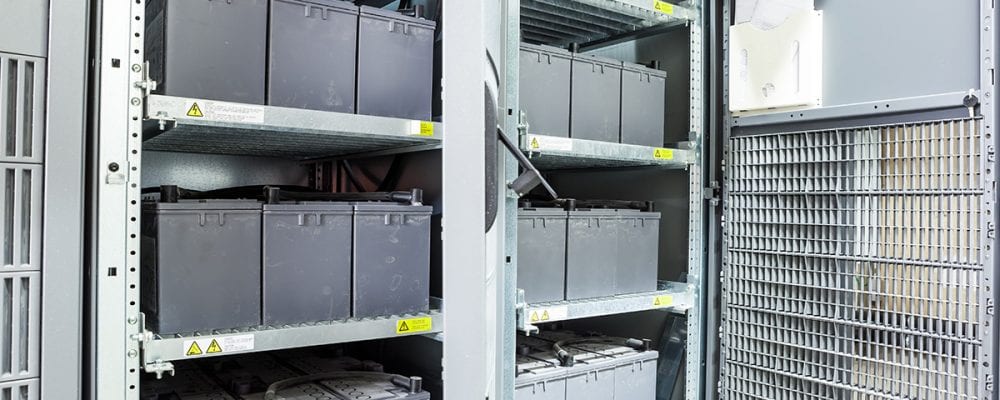As a part of your lighting design, you’ll need to choose either self-contained emergency luminaires or a central battery back-up system.
Both have their pros and cons.
To help you make the right choice, you need to know:
- The type of building you will be working with including the building size, the construction materials used, the layout and number of rooms, and the existing or planned lighting configuration.
- The properties of the main illumination system and power supply.
- Where any first-aid points, fire-alarms and fire-fighting equipment are (or will be) located.
- How many emergency luminaires will be required and where they should be sited (including how these will map the path, to enable people to exit the building safely.)
- The requirements of BS 5266 legislation.
- Your client’s budget and budget flexibility.
And more.
Let’s look at the two options:
Self-contained luminaires
Powered by their own batteries (in the event of mains failure), self-contained luminaires operate independently offering a high level of system integrity (if a failure occurs this does not affect the whole installation). These can be very flexible and very cost-effective no matter what the size of emergency lighting installation.
Each product will require maintenance and regular testing, typically having a functional, short test each month and a full duration test each year (all this can be done automatically with a wireless monitoring option).
Batteries will require replacing when they eventually fail to provide full duration (e.g. 3hours/180 minutes) but can be easily changed in Philip Payne products which are also guaranteed for 5 years including the batteries.
Central battery systems
This type of installation can provide an option where high light levels are required and they can use conventional luminaires but they can also be more costly and require specialist wiring methods and cable management. They may also be more complex, in terms of their connectivity and user integrity.
How to make your choice
Click here to read the full pros and cons for each, plus our recommendations.
This also details BS 5266 legislation requirements.
Check out also, our web-based monitoring system.

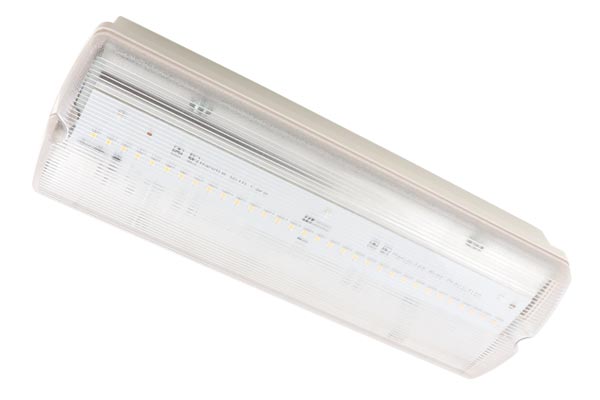
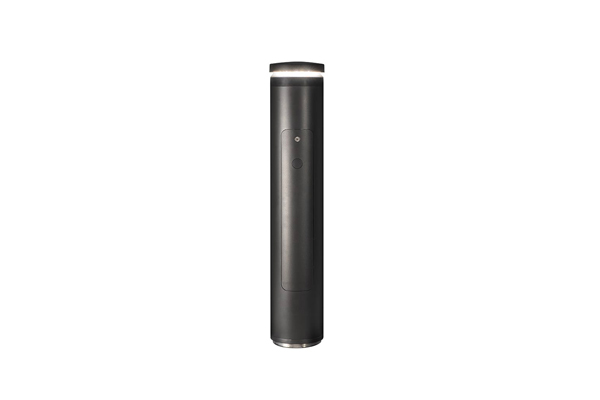
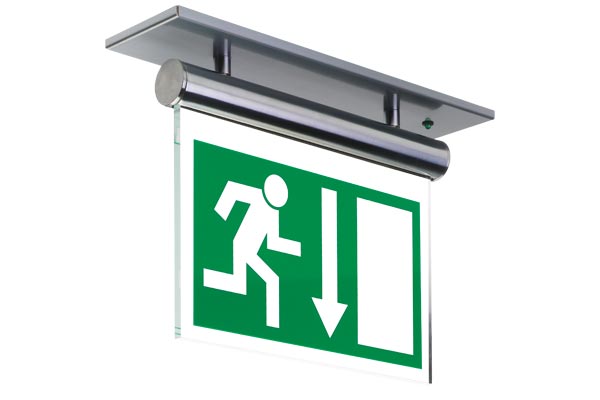
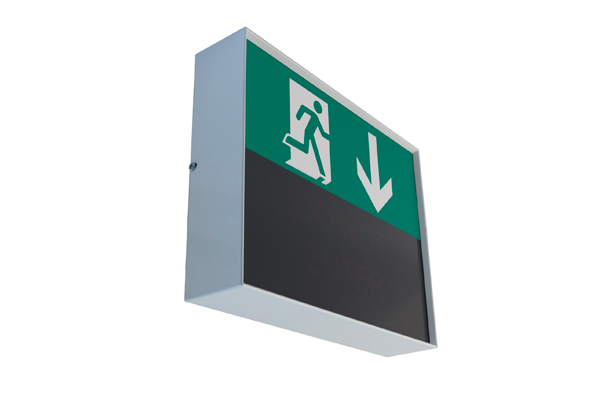
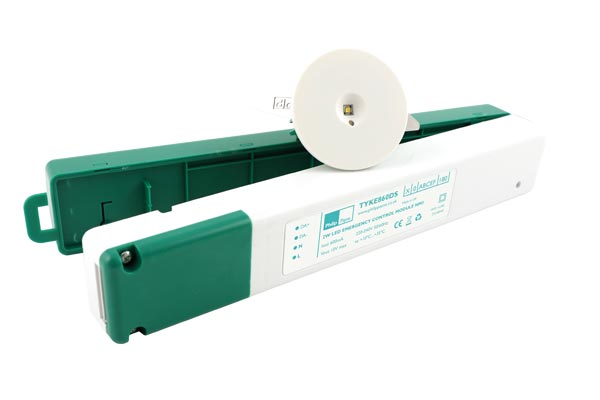
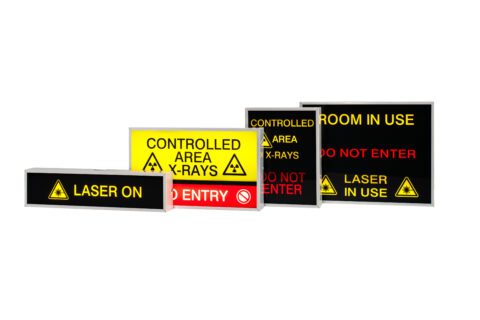





 SUSTAINABILITY
SUSTAINABILITY
 WARRANTY
WARRANTY
 WHY USE...
WHY USE...
 NEWS
NEWS






